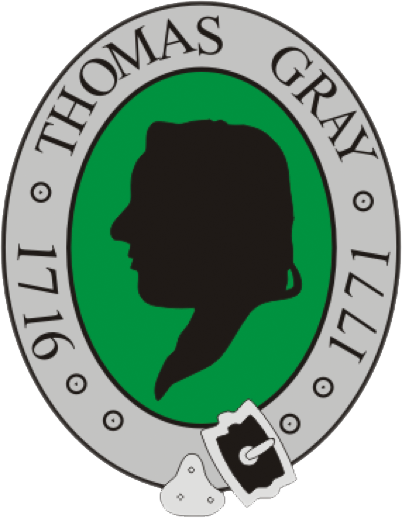Stoke Place
Home of a royal cook from the 17th Century
In 1690, Patrick Lamb, a master cook to a number of British monarchs, purchased the land of what is now the Stoke Place estate and built the central three-storey section of the William and Mary house. The grounds were later landscaped by Capability Brown. In 1764 Field Marshal Sir George Howard bought the estate and it became the family’s home for the next 200 years.
The family name became Howard-Vyse when his daughter married General Richard Vyse.
Grays Park Road (B416) originally continued directly south, from the location of the current mini-roundabout, passing close to the house. This did not please Major General Richard Howard Vyse, so in 1820 he had the road diverted further west, creating the awkward bends that exist today. He then had the high brick wall built that is still a feature.
The family had a strong sense of local responsibility, helping to save Stoke Common, running the only charity school in the area, laying down the cricket club ground at Stoke Green and supporting the local horticultural society.
The property was purchased in 1963 by Eton Rural District Council following the death of Major General Sir Richard Howard-Vyse. He was Chairman of Stoke Poges Parish Council, and on the national stage he was Chairman of the Royal British Legion and Goldstick to H.M. Queen Elizabeth II at her coronation.
Buckinghamshire Council, the freeholders, now lease the house and grounds to a hotel company.
The house and brick boundary wall are Grade II listed national heritage assets and the grounds are a Grade II listed national park and garden heritage asset.

